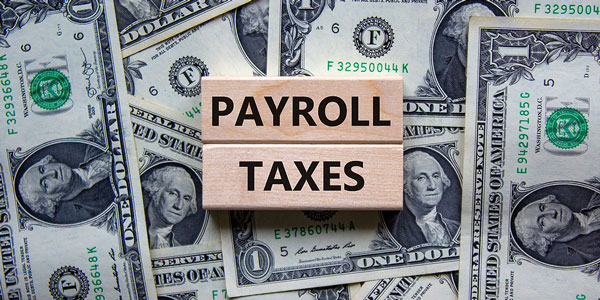
Though the holiday season is quickly approaching, homeowners shouldn't get their hopes up about the current mortgage rate atmosphere because of it. The average rate on a 30-year fixed mortgage, as measured by Bankrate, was over 7% in mid-October, more than twice as high as it was at the same time last year.
From nearly 3% at the beginning of the year to almost 7% now, the cumulative effect would have seemed laughably unlikely at the beginning of the year, says Greg McBride, a chief financial analyst for Bankrate.
"The speed with which mortgage rates have increased in recent months has been whiplash-inducing," he says. That's what you get when inflation hits 40-year highs, of course. We asked the experts for their predictions for the next 30 days of interest rates as the new month begins and the Federal Reserve holds another meeting.
Why Are Mortgage Rates Changing Now?

Throughout 2022, rising consumer prices have resulted from several factors, including disruptions in global supply chains, Russia's conflict in Ukraine, and the persistence of the epidemic. Mortgage interest rates tend to grow in tandem with inflation.
The Federal Reserve has raised the federal funds rate six times this year and exited the mortgage-backed securities market to counter this trend.
The full consequences of monetary restriction, particularly on inflation, "will take time to be apparent," Powell warned. As I've stated in the past two news conferences, "at some time it will become acceptable to limit the rate of rises."
Will November Bring Lower Mortgage Rates?
Interest on mortgages was highly volatile during the third quarter of 2022. According to Freddie Mac, the average 30-year fixed rate hit a low of 4.99% on August 4 and a high of 6.7% on September 29. This follows the expansion of 248 basis points over the year's first half.
As the Federal Reserve struggled to control inflation, interest rates fluctuated weekly. The day following the June rate hike by the Federal Reserve, mortgage rates increased by 55 basis points, the highest weekly increase since 1987.
Since the epidemic's economic impact is waning, inflation has been high for decades, and the Federal Reserve is preparing three more aggressive rises this year, interest rates may continue their upward path.
Reasons Behind Variable Interest Rates

The Laws of Supply and Demand
The demand for money or credit determines the level of interest rates in circulation; as demand rises, rates go up, and when the market falls, rates go down. Conversely, as credit expands, interest rates fall, and as credit contracts, rates rise.
Increasing the quantity of money accessible to borrowers boosts the availability of credit. For instance, when you open a checking account with a bank, you essentially lend the bank money.
Inflation
Interest rate levels will also be influenced by inflation. Interest rates tend to rise in tandem with inflation. This happens because, in the future, creditors will want higher interest rates to compensate for the depreciation of the money they receive in repayment.
Government
The government has some influence on interest rate policy. The Federal Reserve Board of Governors often meets to discuss monetary policy and its impact on interest rates in the United States.
The interest rate banks set on the money they lend is influenced by the federal funds rate, which is the rate at which institutions charge each other for relatively short-term loans. Short-term interest rates inevitably fall in line with that rate.
Various Loan Options
Several variables influence interest rates, but as we alluded to before, supply and demand play the most significant roles. However, the interest rate for each form of loan varies according to factors such as credit risk, loan term, tax implications, and loan convertibility.
The probability of the loan being repaid is what is meant by the term "risk." The likelihood of not receiving repayment increases with the amount borrowed.
The Conclusion
Understanding how interest rates vary is essential because they affect the amount you make from lending money, the price of bonds, and the cost of borrowing money. Interest rates are driven primarily by supply and demand but are also impacted by inflation and monetary policy.
Naturally, before selecting whether or not to invest in a debt instrument, it is vital to understand how its qualities impact what type of interest rate you may obtain.











